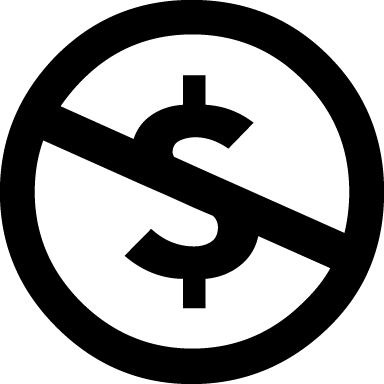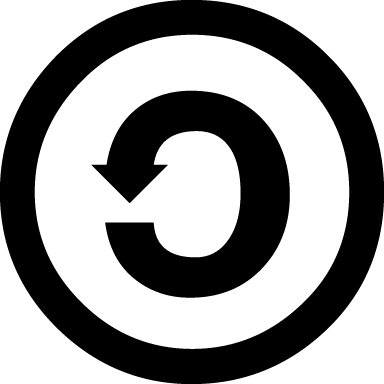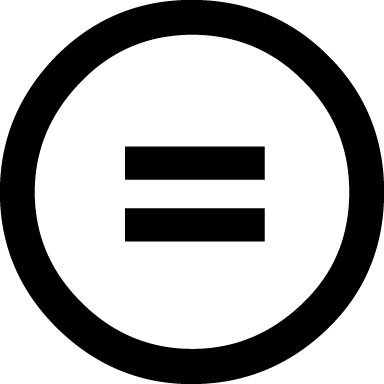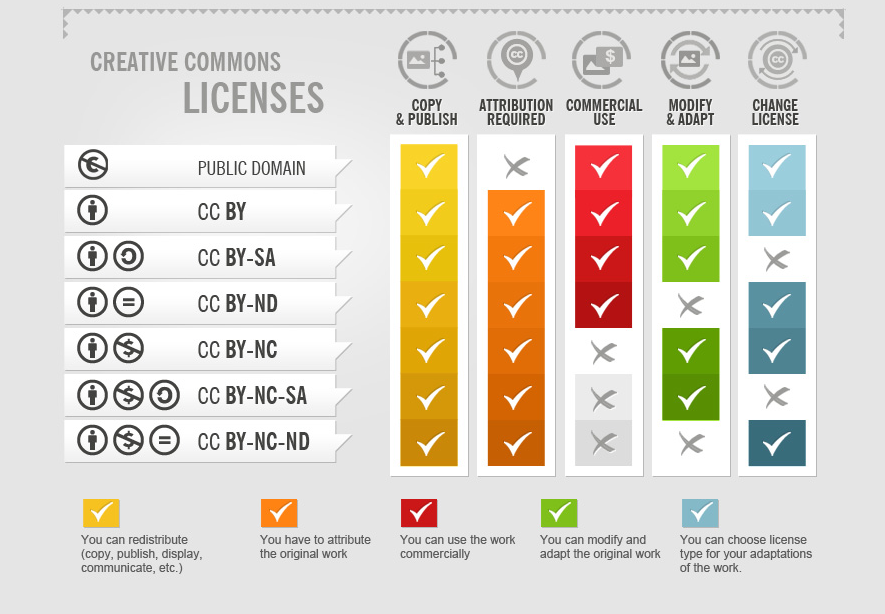
There are two primary models journals should consider with regards to copyright:
Additionally, journals need to consider how the articles will be licensed to the reader. That is, what are readers permitted to do with the articles -- can they share them? Translate them? Repost them on their own websites etc.?
Typically open access journals will choose one of several Creative Commons' licenses for their journals' content.
Many open access journals permit authors to retain their copyright. This means that the author has full control over the work (e.g. retains the right to reuse, distribute, republish etc.). In this scenario, the author will often license the right of first publication to the journal.
Benefits:
Drawbacks:
Licensing:
In most cases, the author will license to the journal the right of first publication. A typical statement in the journal to this effect would look something like this:
Authors retain copyright and grant the journal right of first publication with the work simultaneously licensed under a Creative Commons XX License...
This statement could appear to during the journal's submission process (for example in Step 3 of the OJS setup). Alternately, it could be drafted into a document for the author to sign.
The author may elect to license certain other rights to the journal. If the journal is interested in maintaining certain rights beyond the right of first publication, they may include those in the submission process.
Additional sample licenses may be found on the University of Michigan wiki.
Further Recommendation:
Include in the layout of the journal's articles a copyright statement:
© <authors name – this makes it clear the copyright remains with the author>. This is an Open Access article distributed under the terms of the Creative Commons License XX (include link), which permits [include here permissions under this license].
This model is more common with traditional, subscription-based journals. It is less commons for open access journals.
In this model, the author transfers the copyright and the associated rights along with it to the journal. This means the journal is now responsible for the article. The journal can elect to license back certain rights to the author.
Benefits
Drawbacks
A sample statement for journal following this model would look something like this:
We, [the author(s)] by signing this form hereby assign worldwide copyright of the Work in all forms and media (whether now known, or hereafter developed), in all languages for the full term of copyright and all extensions and renewals thereof.
This statement could appear to during the journal's submission process (for example in Step 3 of the OJS setup). Alternately, it could be drafted into a document for the author to sign.
Licensing
Copyright does not have to be an all or nothing game. The author could transfer copyright to a journal but the journal could elect to license back to the author certain rights (e.g. right to post the article on a personal website, the right to re-use images in future publications etc.). Elsevier's copyright agreement and Wiley copyright transfer agreement provide examples of this variety.
Additional sample licenses may be found on the University of Michigan wiki.
Further Recommendation:
Include the in layout of the journal's articles:
© [Journal name]. For permissions contact [contact information]
Journals may wish to include the following types of statements in their submission process:
Previous publication
The author verifies that the submission has not been previously published, nor is it before another journal for consideration.
3rd party copyright
It is the responsibility of author to secure all necessary copyright permissions for the use of 3rd-party materials in their manuscript.
Statement on plagiarism
The author declares that this is their original work and has been written by the stated authors.
Creative Commons licenses dictate to readers what they may do with the journal's content. There are several licenses to choose from and ultimately depend on what the journal thinks is best for its authors and its readership.
One note, if your journal is interested in applying for the DOAJ Seal, No Derivative restrictions are not permitted.
Creative Commons provides a choose a license online tool to help select a license.
There are four restrictions within CC licenses which can be combined in any which way:
| Condition | Icon | Definition |
|---|---|---|
| Attribution |  |
You must give appropriate credit, provide a link to the license, and indicate if changes were made. You may do so in any reasonable manner, but not in any way that suggests the licensor endorses you or your use. |
| Non-Commercial |  |
You may not use the material for commercial purposes. |
| Share Alike |  |
You must distribute your contributions under the same license as the original. |
| No Derivatives |  |
You may not modify the work (e.g. translations, edited edition etc.) |
Source: Creative Commons at UBC.
This chart provides a good overview of the various licenses

Source: How To Attribute Creative Commons Photos by Foter

This work is licensed under a Creative Commons Attribution-ShareAlike 4.0 International License.
This guide is intended for informational purposes and does not constitute legal advice.
McGill Libraries • Questions? Ask us!
Privacy notice